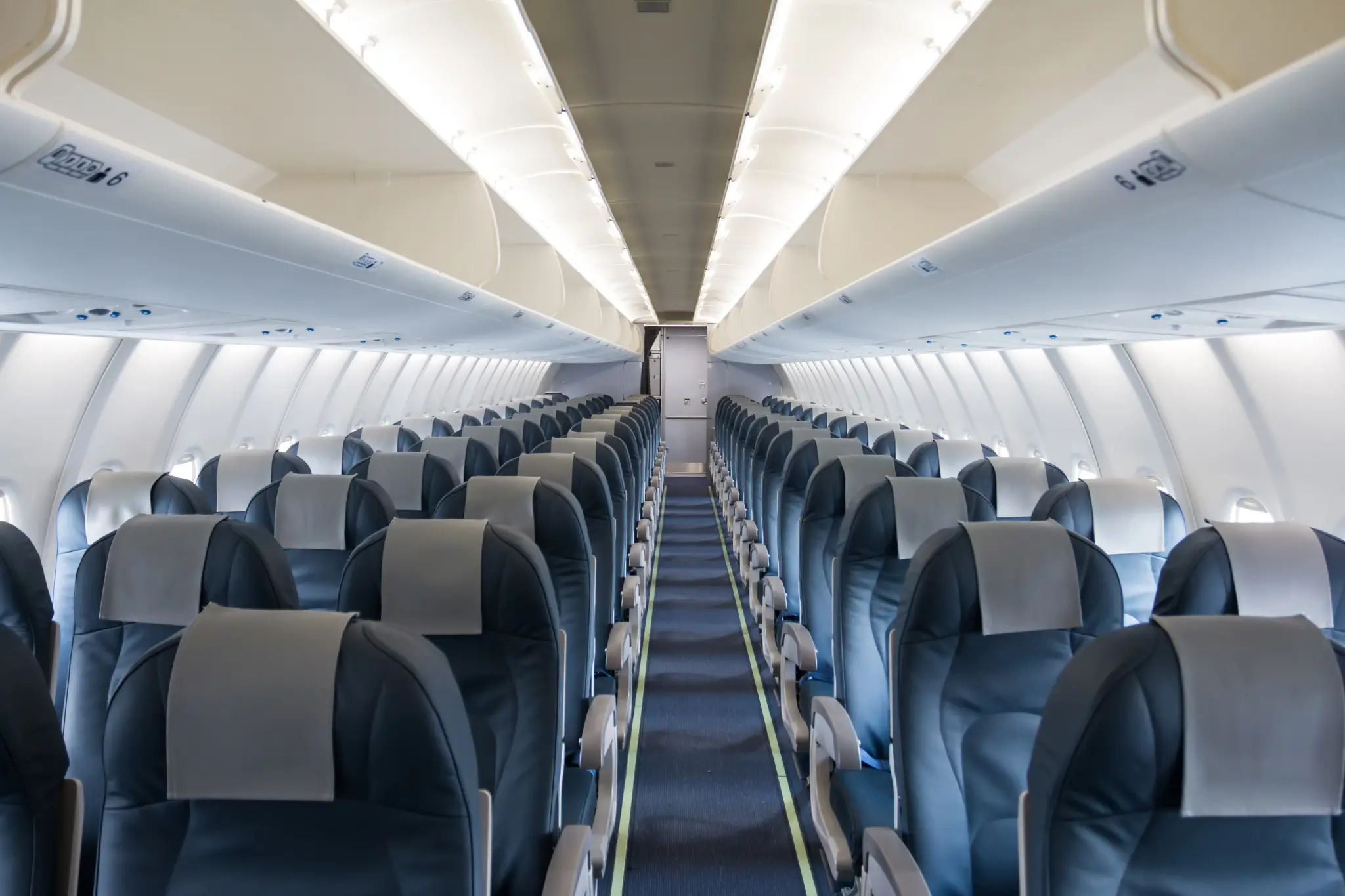If you’ve ever wondered about the safest spot on a plane, you’re not alone. Many people believe that sitting at the back of an airplane could increase their chances of surviving a crash. And while there have been cases that support this idea, experts say there’s no single “magic safest seat.”
When investigators try to understand why some people survive plane crashes while others don’t, they look at five key factors: how well the aircraft holds up, how effective the seat belts and restraints are, the impact of G-forces on passengers, the environment inside the plane during the crash, and what happens afterward—like fires or smoke.
The National Transportation Safety Board classifies a crash as “survivable” if the impact doesn’t exceed what the human body can handle and if the plane’s structure remains mostly intact. On the other hand, if the G-forces are too strong, survival becomes nearly impossible.
A shocking example of this happened in December when Jeju Air Flight 2216 crash-landed at Muan International Airport in South Korea and exploded into flames. Out of 181 passengers, only two survived—a 33-year-old man and a 25-year-old woman, both flight attendants who were seated at the very back of the plane. Their section was the only part of the aircraft that remained intact.
Just a few days earlier, an Azerbaijan Airlines flight crashed in Kazakhstan, killing 38 of the 67 people on board. Once again, the survivors were those seated in the rear of the aircraft.
Does this mean the back of the plane is the safest place to sit? Not necessarily. Experts say many factors determine survival.
Barbara Dunn, president of the International Society of Air Safety Investigators, explains that survival depends on how the plane crashes and where passengers are sitting. If a plane crashes nose-first, the front section takes the hardest hit. But simply sitting at the back isn’t enough—things like wearing a tightly fastened seatbelt and assuming a brace position can also make a difference.
Dunn also points out that fires and how quickly passengers can reach an exit are just as important.
“A lot of people think it’s safer in the back than in the front,” she said. “Not necessarily. How quickly the fire spreads and how fast you can get to an exit matter, too.”
Anthony T. Brickhouse, an aerospace safety expert and professor at Embry-Riddle Aeronautical University, adds that sometimes people survive crashes that seem impossible to walk away from, while others don’t make it in accidents that should have been survivable.
In fact, according to data from the Flight Safety Foundation, there have only been 17 crashes in the past 80 years where a plane carrying 80 or more passengers had just one or two survivors.
One of the most remarkable survival stories in recent years happened in January 2024, when a Japan Airlines flight caught fire after colliding with another plane during landing. Hundreds of passengers managed to evacuate just before the aircraft was engulfed in flames.
Unfortunately, 2024 has seen a rise in fatal plane crashes worldwide. This comes right after 2023, which was recorded as the safest year in aviation history, with no major passenger plane fatalities.
The good news? Despite these tragic incidents, most plane crashes are survivable.
“The vast majority of aircraft accidents are survivable, and most people involved in accidents do survive,” says Ed Galea, a professor of fire safety engineering who has studied plane crash evacuations extensively.
But when it comes to finding the “safest seat,” he says it all depends on the crash itself.
“It depends on the nature of the accident you’re in,” he explains. “Sometimes it’s better to be at the front, sometimes at the back.”
So while sitting in the rear may have helped some passengers survive certain crashes, there’s no guaranteed safe spot on a plane. Instead, paying attention to safety briefings, keeping your seatbelt fastened tightly, and knowing the nearest exit might be the best ways to improve your chances of survival.

Leave a Reply